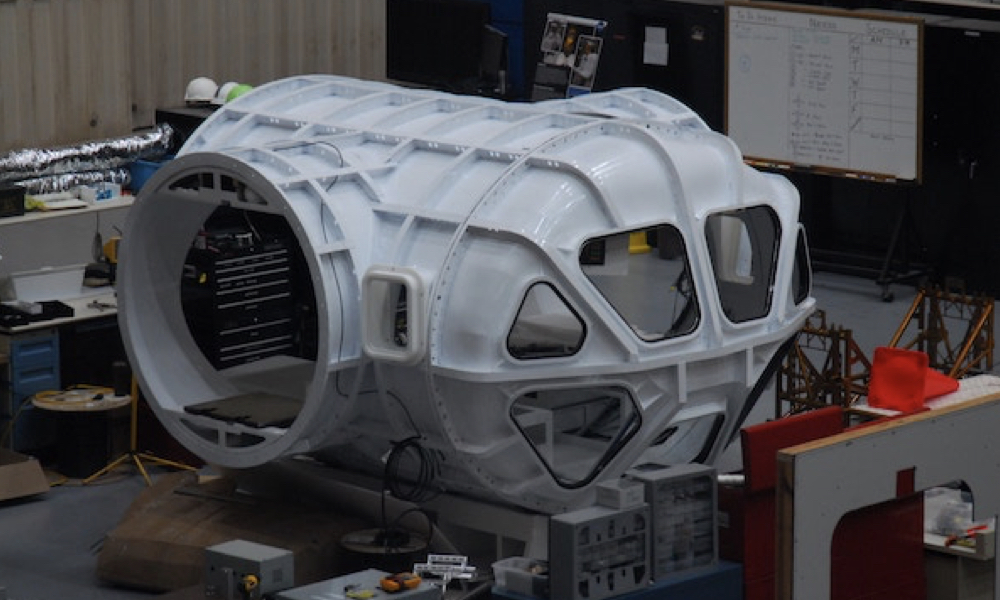
ESA Open Invitation to Tender AO10608
Open Date: 14/12/2020
Closing Date: 08/02/2021 13:00:00
Status: ISSUED
Reference Nr.: 20.1EP.14
Prog. Ref.: Technology Developme
Budget Ref.: E/0901-01 – Technology Developme
Special Prov.: BE+DK+FR+DE+IT+NL+ES+SE+CH+GB+IE+AT+NO+FI+PT+GR+LU+CZ+RO+PL+EE+HU
Tender Type: C
Price Range: 200-500 KEURO
Products: Satellites & Probes / Electronics / EEE Components / Filters / Satellites & Probes / Electronics / EEE Components / Hybrid circuits / Satellites & Probes / Power / Power Monitoring and Control / PCDUs / Satellites & Probes / Power / Power Monitoring and Control ¿ C&P / *See EEE Components / Satellites & Probes / Power / Power Monitoring and Control – BB / Other
Technology Domains: Spacecraft Electrical Power / Power Conditioning and Distribution / Power Conditioning / Electromagnetic Technologies and Techniques / EMC/RFC/ESD / EMC Modelling and Simulation / Electromagnetic Technologies and Techniques / EMC/RFC/ESD / EMC Test Techniques / EEE Components and Quality / EEE Component Technologies / Passive Components
EEE Components and Quality / EEE Component Technologies / Hybrids and Micropackaging
Establishment: ESTEC
Directorate: Directorate of Tech, Eng. & Quality
Department: Electrical Department
Division: Power Systems, EMC & Space Environ.Div
Contract Officer: Erkelens-Sickinger, Franziska
Industrial Policy Measure: C1 – Activities in open competition limited to the non-Larg…
Last Update Date: 14/12/2020
Update Reason: Tender issue
Reduction of EMI emission is usually considered a secondary optimization criterion in the design of DC-to-DC power converters for space applications and their filters, where power efficiency, mass and volume are driving design criteria. Several basic methods and techniques exist to reduce EMI, e.g. Filtering and shielding. Typical designs use these basic reduction techniques to a limited extent to meet generic requirement limits. The achievable improvement in EMI reduction needs to be however traded-off against increases in mass, size and power loss.There are however more fundamental and more advanced methods methods and techniques related to design symmetry, impedance matching and balancing, distributed or multi-point grounding, or even utilization of chaotic behavior that have been already employed in other domains successfully, which have the potential to reduce emissions before they are generated or to increase filter efficiencies. This will not only result in better reduction of EMI for missions with demanding requirements, but also provide mass and volume reductions for generic emission requirements.This activity encompasses the following tasks:- Identify and study available methods and designs from other domains like digital and RF electronics, also from non-space applications.- Preliminary design of a converter including filter using identified advanced methods for EMI reduction.- Breadboard implementation of the preliminary design.- Initial design validation and verification by test, e.g. Secondary power quality and primary conducted emissiontests.The residual power quality and conducted emissions are influenced by the actual physical implementation, which requires implementation on a breadboard targeted to achieve solid design validation and verification.The validated breadboard will be a deliverable to ESA as reference implementation and can serve as input and starting point for follow-on activities to develop engineering andqualification models.Procurement Policy: C(1) = Activity restricted to non-prime contractors (incl. SMEs). For additional information please go to EMITS news „Industrial Policy measures for non-primes, SMEs and RD entities in ESA programmes”.
If you wish to access the documents related to the Invitation to Tender, you have to log in to the ESA Portal.
